Lewis Hamilton’s manual supercar project marks a bold departure from conventional thinking in today’s hypercar landscape. The seven-time Formula 1 champion has pulled back the curtain on his vision for a high-performance vehicle equipped with a manual transmission, swimming against the powerful current of automated gearboxes and electronic driving aids that dominate the market. The racing champion’s concept cuts straight to the heart of what many driving enthusiasts miss in modern vehicles: that raw, visceral connection between human and machine. Industry insiders report that Hamilton’s blueprint prioritizes the increasingly rare mechanical relationship that has gradually faded from contemporary performance vehicles.
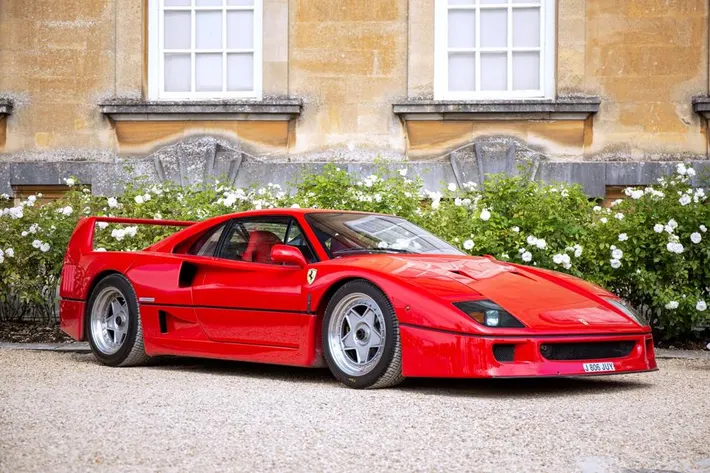
“The manual gearbox creates a connection that cannot be replicated with paddles,” Hamilton declared during a recent motorsport event, his passion for pure driving feel evident. This philosophy completely opposes the prevailing supercar development doctrine, which routinely sacrifices driver involvement on the altar of millisecond-shaving performance.
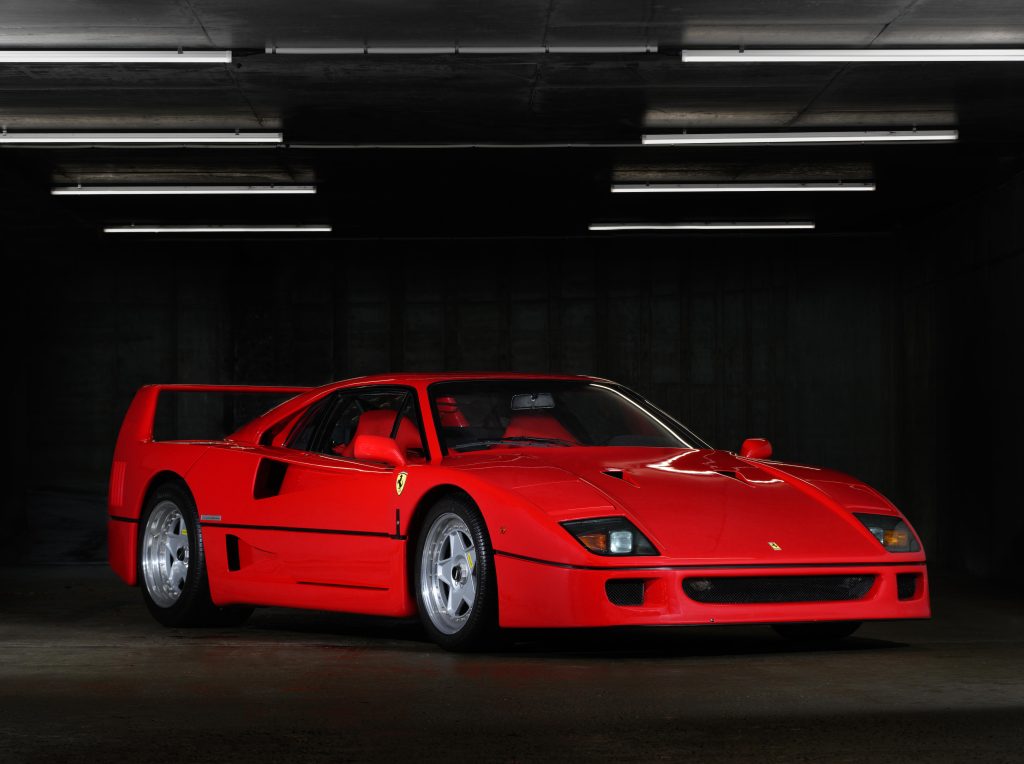
Hamilton’s manual supercar concept ingeniously marries select Formula 1 innovations with an unapologetically analog driving experience. The vehicle reportedly captures the aerodynamic wizardry from top-tier motorsport while deliberately stripping away the electronic layers that have crept into high-performance road cars. Breaking from industry conventions, the plan centers around a naturally-aspirated engine that sings at high revs, rather than embracing the turbocharged or hybrid powertrains that have become nearly universal. Hamilton wants to create something with immediate throttle response and a soundtrack that sends shivers down the spine. He has assembled a dream team of engineers who’ve cut their teeth in both Formula 1 garages and traditional sports car workshops. His driving expertise and their engineering prowess create a perfect storm of craftsmanship and passion.
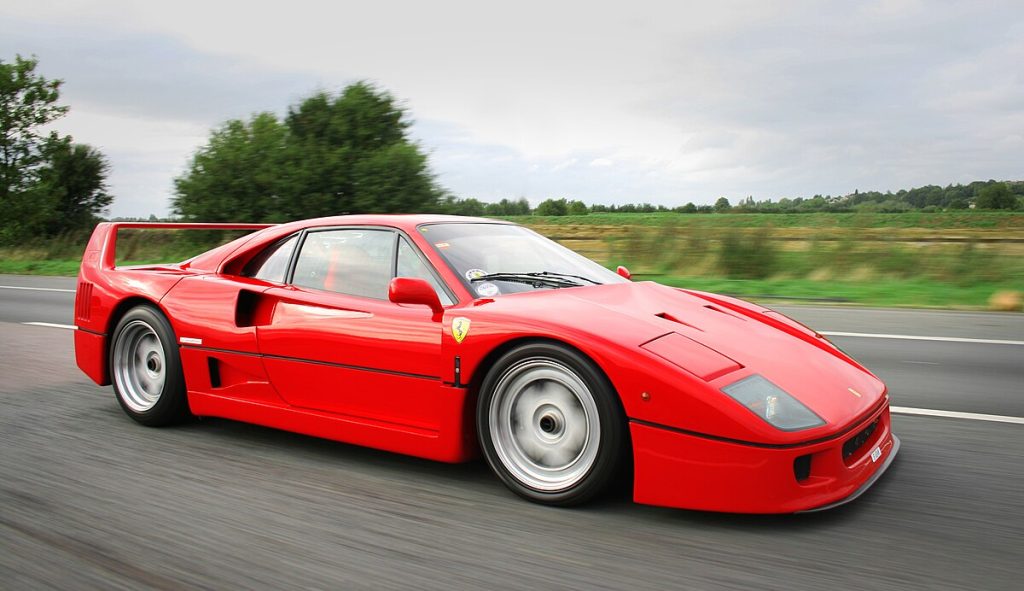
Modern hypercars chase ever-more-impressive numbers on spreadsheets; but Hamilton’s creation will prioritise driver connection and fun over speed. His development team reportedly places the feeling through the steering wheel and pedals above bragging rights about downforce figures or 0-100 KM/H times.
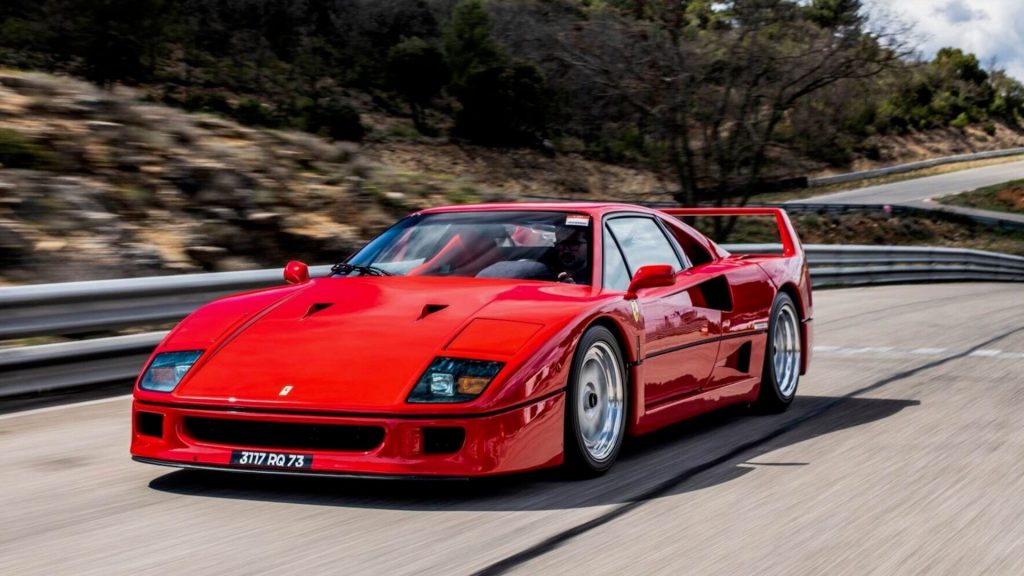
Whispers suggest a mid-engine configuration housing a high-revving powerplant that demands skill to extract its potential. The chassis utilizes cutting-edge composite materials borrowed directly from racing technology, while the suspension system prioritizes communication with the driver rather than flattering them with electronic aids. The driver should be able to feel the road, not be isolated and cocooned – it’s not an S-Class!
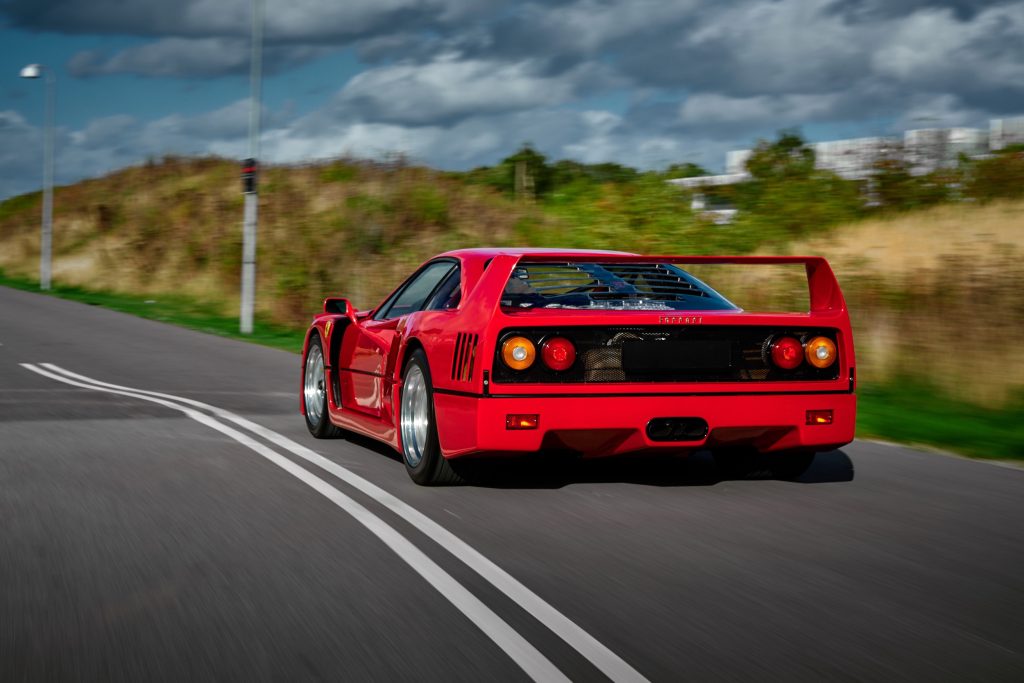
Inside, Hamilton will ensure an absence of distracting touchscreens and digital displays, replaced instead by physical gauges with needles that respond to driver inputs and mechanical interfaces that click satisfyingly into position.
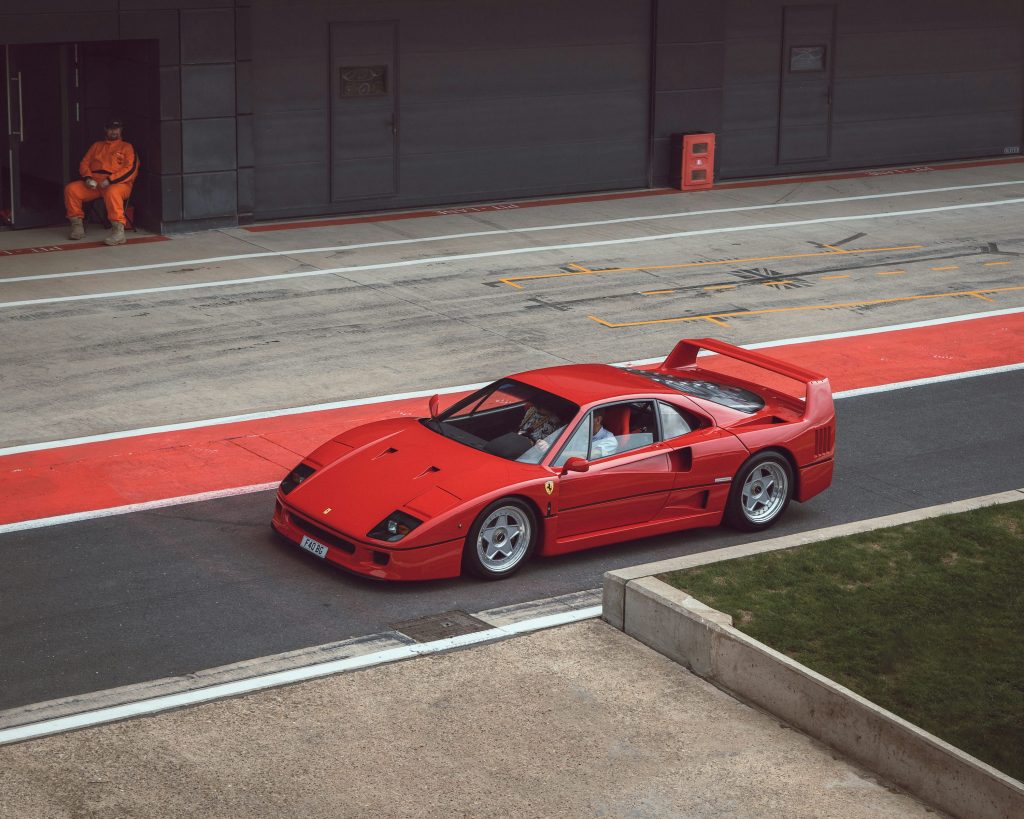
Production will reportedly be kept extremely limited, with each example crafted to individual specifications. Like other ventures from elite racing drivers, Hamilton too wants to channel his competitive expertise into creating road cars with genuine character. This will likely be an extremely rare and sought-after car.
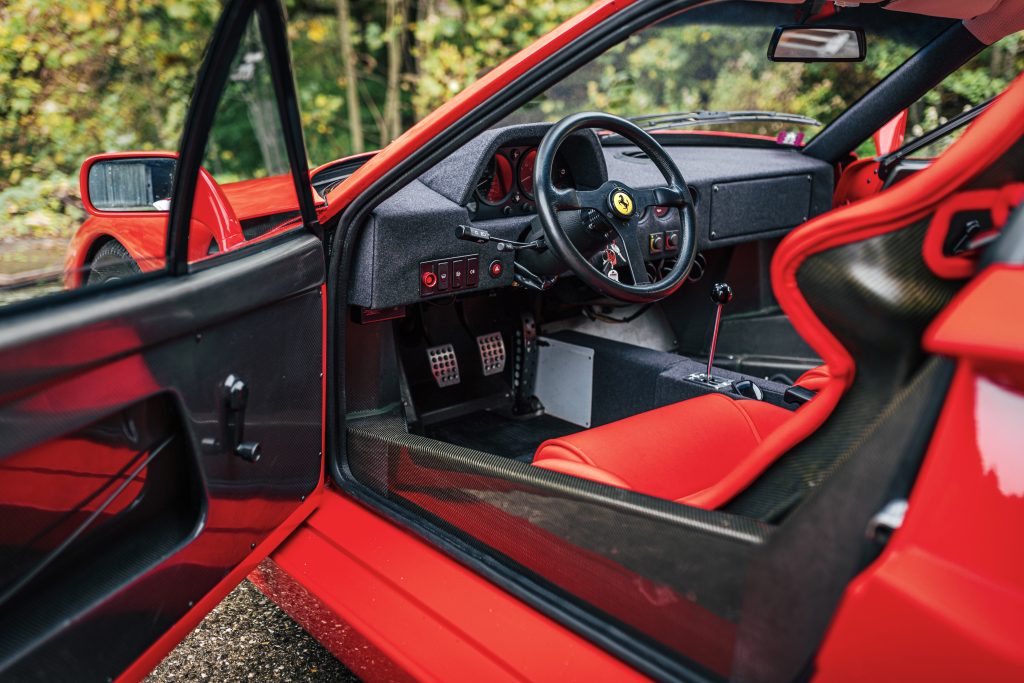
The manual transmission supercar concept reveals Hamilton’s perspective on automotive joy beyond the confines of professional competition. His day job involves extracting every ounce of speed from his fancy F1 machinery, but his project celebrates the emotional connection and mechanical feel that truly defines a car’s fun-to-drive nature.

